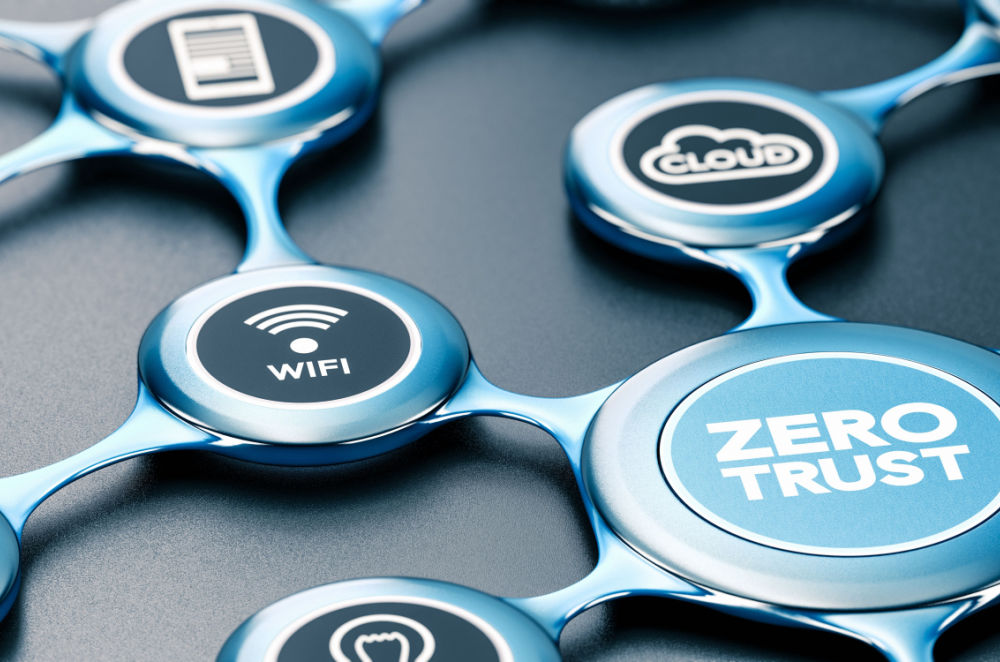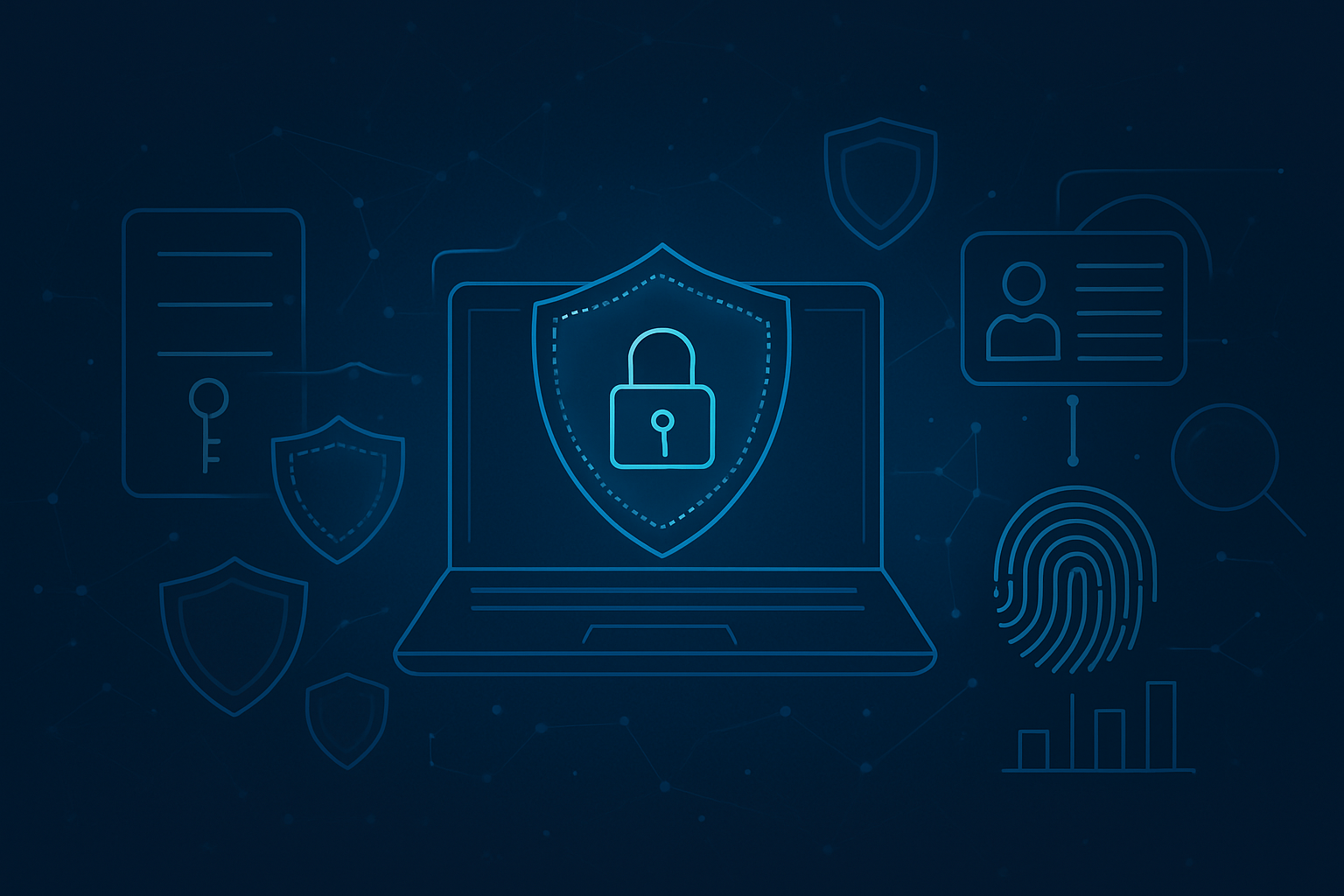2023 Cloud Security Trends
The threat landscape is constantly changing - often moving faster than modern cybersecurity solutions can keep up with.

Organizations today face a wide range of cybersecurity challenges that leave them vulnerable to complex risk; the rapidly evolving and sophisticated nature of cyber threats, the increasing complexity of IT environments, the shortage of skilled cybersecurity professionals, the need to comply with regulations and standards, the rise of insider threats, and the difficulty in securing remote workers and cloud-based resources.
In response, more organizations are adopting a Zero Trust model, enabling them to leverage a comprehensive and adaptable security framework to better protect against a wide range of threats while also providing an enhanced user experience.
Approximately 97% of organizations currently have a Zero Trust program in place or intend on implementing one within the coming 12 to 18 months. Additionally, 96% of cybersecurity decision-makers perceive Zero Trust as vital to their business’s success.
However, organizations struggle with Zero Trust implementations. According to Gartner only 10% of large enterprises will have implemented mature and quantifiable Zero Trust programs by 2026, an increase from less than 1% today.
When implemented appropriately according to existing security programs, business challenges and digital maturity, Zero Trust can drastically strengthen an organization’s risk management position and minimize exposure to threats.
As a security model, Zero Trust assumes that all users, devices, and applications are untrusted and must be verified prior to being granted access to resources within a network. In the simplest terms, it’s a “trust only after verification” approach to cybersecurity; users are awarded access privileges solely for the exact resources they need.
Traditionally, network security was based on the concept of a trusted perimeter, where a firewall was used to block unauthorized access from outside the network. But with the rise of cloud computing, cross-platform mobile devices, and remote work, this concept is obsolete as it’s no longer effective against modern cyber threats.
Today the focus is on verifying security for every access request to a network, application or resource - no matter the user’s location or device.
Key principles of a Zero Trust model:
The rise of cloud computing, remote work, and mobile devices has blurred the boundaries of the traditional network perimeter, making it more difficult to protect against threats that come from both inside and outside the network.
Some of the key drivers behind the growing adoption of Zero Trust include:
Increased cybersecurity threats
The frequency, sophistication, and interconnection of cybersecurity threats, including social engineering-driven scams, makes it more difficult for organizations to defend against attacks. For example, there were 422 million victims of data breaches and personally identifiable information (PII) exposures in 2022, an increase from 294 million the previous year.
Digital transformation
The acceleration of digital transformation initiatives has led to a corresponding surge in cloud adoption, mobile workforce, and Internet of Things (IoT) devices that has eroded confidence in the ability of traditional security models to secure these new technologies and devices.
Compliance regulations
Many industries are subject to stringent compliance regulations, like HIPAA and PCI-DSS. This requires the implementation of robust security controls to prevent data breaches; limit access to sensitive data; secure cloud environments; provide a clear audit trail of all user access to sensitive data; identify possible vulnerabilities and take proactive measures to address them; and detect and respond to security incidents in real-time.
Distributed workforce
The pandemic-induced acceleration of remote work models makes it more challenging for organizations to control access to resources. Employees often access company resources from their personal devices, or public or unsecured networks, increasing security risks.
Insider threats
Insider threats, whether malicious or unwitting, pose a significant risk to modern organizations. For example, 31% of businesses suffered from at least one user falling victim to a phishing attack in 2022, and 16% of users exposed sensitive data via connections to high-risk hotspots. Business email compromise (BEC) attacks also rose last year by 81%, with 98% of employees failing to report the attack.
Improved user experience
Organizations are looking to enable more flexible work experiences by ensuring access to resources from anywhere, at any time. A more agile, context-aware, and risk-based approach to access control can improve the user experience while still maintaining strong security, and enable businesses to attract and retain top talent via a modern, user-friendly work environment.
Implementing a Zero Trust model can be challenging due to the complexity of IT environments, lack of visibility into what needs to be protected, comprehensive policy requirements for user access, implementation of diverse security controls, user experience considerations, and the need for continuous improvement.
Below are the typical steps involved in the transition to Zero Trust:
Transitioning to a Zero Trust model is a significant change for any organization, and it requires an intentional approach to ensure that it’s implemented correctly. Support from a top tier Microsoft consultant, like CloudServus, can be incredibly valuable by delivering expert guidance, identifying potential risks, and minimizing operational disruption.
The modern risk landscape requires a new approach towards cybersecurity. Don’t hesitate to connect with us at CloudServus to start implementing your Zero Trust model with confidence and maintain a strong security posture over time.

The threat landscape is constantly changing - often moving faster than modern cybersecurity solutions can keep up with.

Today, businesses face new challenges amidst economic uncertainty, changing market conditions and new consumer and employee expectations. This is...

Cybersecurity threats are surging, with Microsoft reporting 600 million daily attacks targeting its platforms, from phishing to ransomware. For IT...